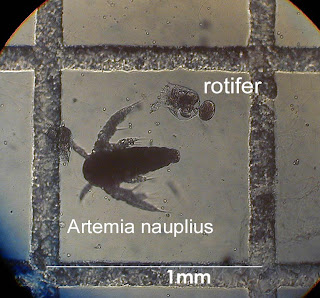Tuna culture at North of Chile

CORDUNAP run project about "Tuna culture at North of Chile" supported by CORFO. We made seminar at Santiago , Puerto montt and Iquique on March 10, 12 and 19 accordingly. My presentation content Chile has advantages those salmon culture industry, fish mill industry and professional divers. Those industries are one of the biggest and high tech in the world. Salmon industry provide cage culture equipment (cages, boats and feeding machines), skilled worker, processing plant, marketing net work and logistics. Fish mill industry provide huge volume of fresh fish, fresh fish mill, fishing equipment (boats, nets, operators and fish mill). In the other hand, tuna habit far from coast, 10 hours by boat, and Japan market, and it is high wave condition. I recommend complete fish culture, not capture-based culture, that rearing hatchery made fry and reproduce next generation from artificial seeds. The culture operate off-shore with submersible cage. The advantages are nutrition c...




